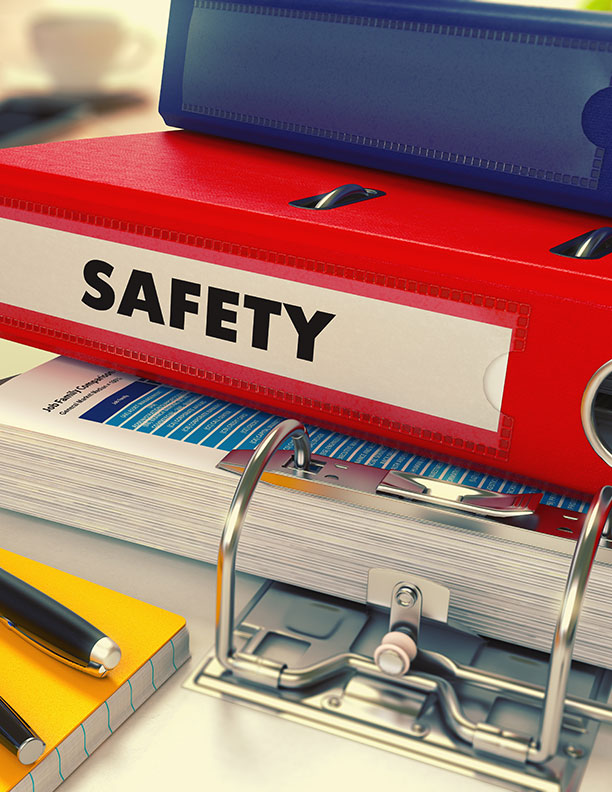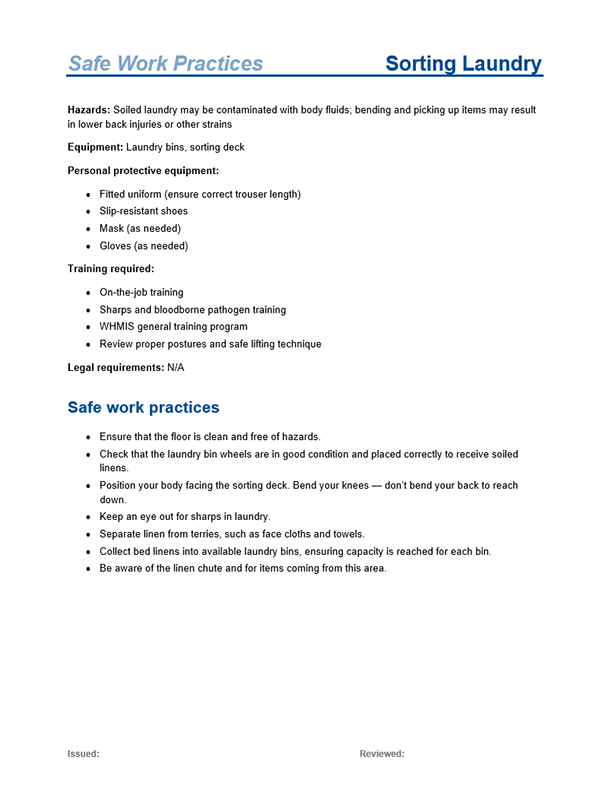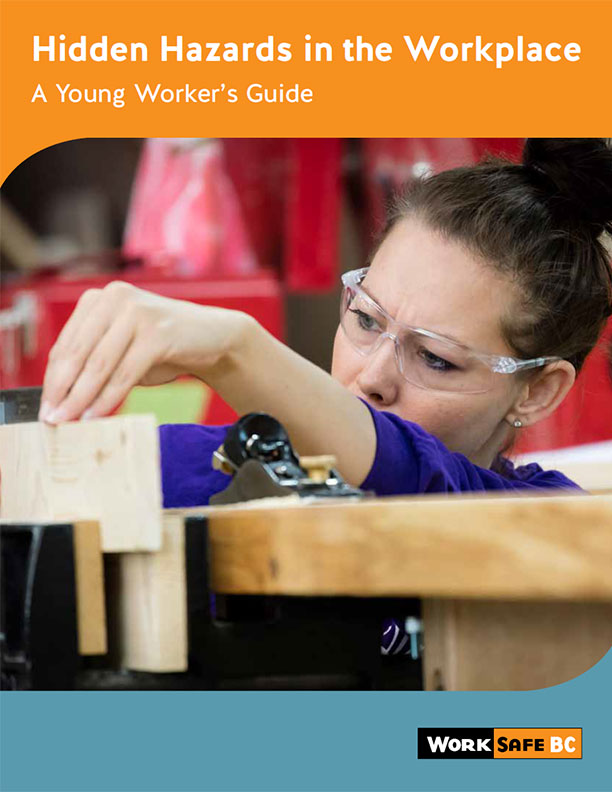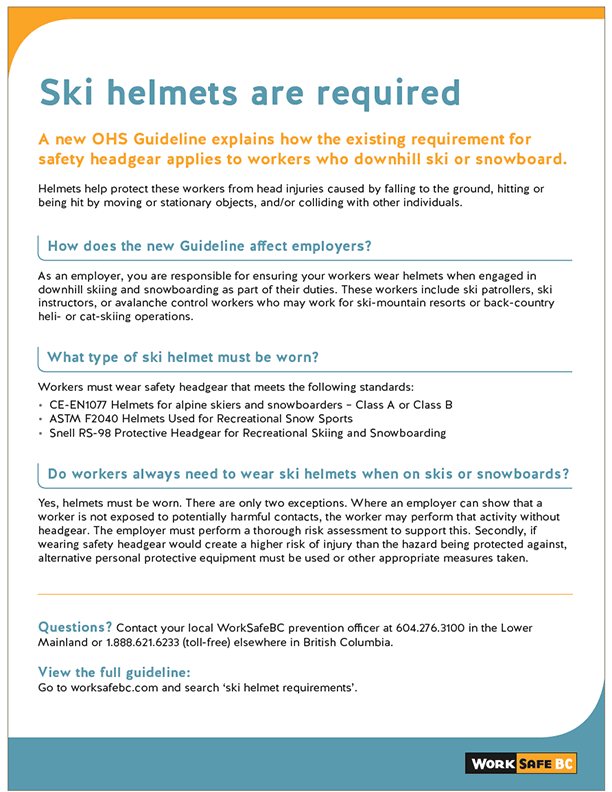July 31, 2017
Health and safety concerns in the workplace tend to focus on accidents. While this area of health and safety is most common, provisions must be made for a more malevolent risk: workplace violence.
Violence against your employees can occur in two ways. The perpetrator may be another member of the staff or a member of the public. Although employee-to-employee violence is an important risk for your business, taking a look at guest-to-employee violence provides some strong take-away lessons that you can apply across your operations.
Typically associated with alcohol and drug intoxication or guest frustration, workplace violence comes in many forms ranging from physical harm and attack to verbal abuse and threats. Here are some pointers on recognizing potential warning signs and providing a safe environment for your employees.
IDENTIFY AREAS AND ROLES AFFECTED BY WORKPLACE VIOLENCE
Knowing which areas and roles experience the majority of workplace violence is the first step to creating a safe environment for employees. Due to their interaction with customers, some common positions in the tourism and hospitality industry that are susceptible to workplace violence are:
- Security guards
- Doormen (working at bars)
- Bartenders and servers
- Front desk agents
- Lift operators
By understanding the types of scenarios each position may encounter, you are better able to perform a risk assessment and create hazard prevention training to suit each employee’s needs.
On top of reviewing WorkSafeBC guidelines, think to:
- Talk with each staff on past and potential sources of risk
- Link threat reduction practices to each risk identified
- Practice the roles and procedures to reduce the threat of violence
- Measure results through feedback and modify as required
TRAIN EMPLOYEES ON THREAT REDUCTION AND CONFLICT RESOLUTION
From your risk assessment, design practices to reduce and manage potential threats of violence. Take into consideration past situations from your business and others in your industry.
For instance, Whistler Blackcomb offers three conflict resolution courses:
- Conflict Resolution 1: Teaches workers how to understand and recognize anger. Staff must understand both the appearance of a risk and what is likely to cause a situation to become out of control.
- Conflict Resolution 2: Covers best practices for informal negotiation. This involves training staff to find the real issue of frustration and collaborating with the guest to find common ground.
- Mediation: Involves bringing in a third-party individual such as a supervisor or manager to help resolve the situation. Mediators are instructed to leave all assumptions at the door and treat each party’s concerns with the utmost regard.
CREATE EASY-TO-UNDERSTAND PROCEDURES
In times when situations rise above threat reduction and conflict resolution protocols, the safety of your staff is paramount. Keep things simple and ensure your staff is prepared to avoid workplace violence in all situations.
Panorama Mountain Village breaks things down into three phases: leave, secure and call. “These instructions are given to front desk agents when dealing with abuse and aggression with guests,” states Andrew Cradduck, risk manager, mountain operations for Panorama. “Agents are instructed to shut the conversation down, leave the area, secure themselves in the back office and call for help.”
DON’T TAKE ANYTHING FOR GRANTED, AND EXPECT THE UNEXPECTED
Even with the best preparation, incidents of anger and aggression can appear out of nowhere. The key to managing and mitigating workplace violence is to be proactive.
If you know a special event is pending, plan ahead. Talk with your staff at the start of the shift, get them aware, remind them of procedures and beef up security in anticipation of potential violent behaviour.
“On game day, especially during the playoffs, we know we’ll be hosting a large number of guests who will be intoxicated,” states Treva Gardner, human resources manager for the Sandman Hotel Group. “We have shift meetings to discuss the event, and employees are briefed on protocols and routes that they should take in a situation. We implement a buddy system for room service and housekeepers and remind staff to never go into a room.”
In cases where alcohol may not play a factor, taking special precautions is still suggested. “At times we know when damage has occurred in one of our rooms,” adds Andrew. “Knowing the potential conflict this may create for our front desk staff at check-out time, we place additional staff and security in close proximity to ensure a smoother process.”
Tourism and hospitality is a service industry. This means employees come into face-to-face contact with customers on a daily basis, which can lead to unexpected interactions and conflict. Even with proactive employee training and prevention techniques, there is always a risk that a situation may blow up and become out of control. So it is important that your staff feels supported by the measures you have put in place. This enables them to stick to procedures and to carry out their duties with confidence.



